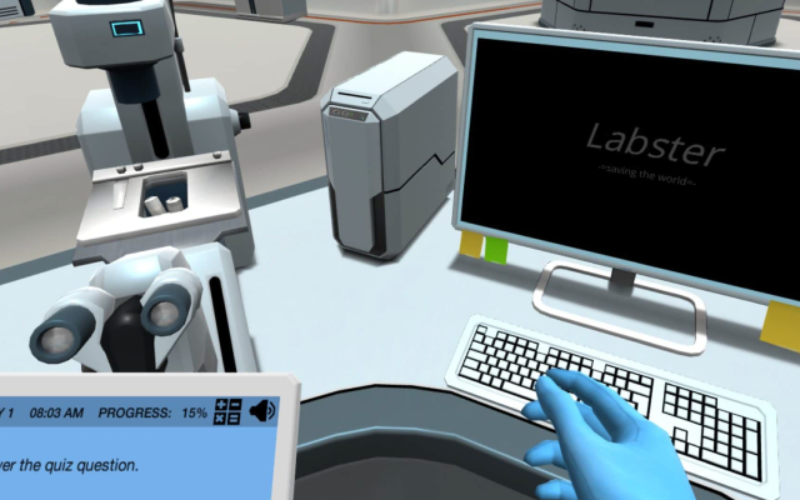Dr. Yap Wei-Hsum teaches Animal Biotechnology at Taylor’s University, Malaysia, and has pioneered the use of Labster’s virtual labs in her university since adopting it in 2018.
Dr. Yap works to actively promote the use of virtual labs throughout the School of Biosciences as well as faculty-wide, and inspire other lecturers to transform science education in Malaysia.
Read on to find out how Dr. Yap uses virtual labs in her programme to better prepare students’ technical and conceptual skills in cell culture handling and ultimately encourage a more collaborative learning environment with a range of digital learning tools.





